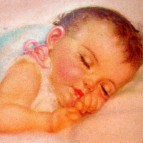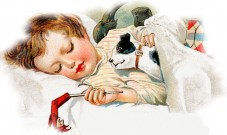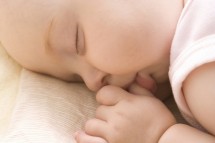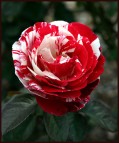ABC Song, The (Baby/Kids/Nursery Rhymes)
A melody going back officially to 1835 but used by Mozart decades earlier. It is best known as the tune for the nursery rhymes "Twinkle Twinkle, Little Star" and "Baa, Baa, Black Sheep." This and numerous other musical eCards (FredGrams) are designed expressly for young parents (and grandparents) to teach their children the alphabet and, in addition, acquaint them with classical music and great composers.
All Through The Night (Baby/Kids(Nursery Rhymes & Lullabies)
Unmistakably Welsh folk song (" Ar Hyd y Nos") from late 18th century, a staple of Welsh choirs usually sung in Welsh, best known internationally for 1884 English lyrics by Sir Harold Boulton.
Beautiful Dreamer (Baby/Kids/Nursery Rhymes & Lullabies)
Published in 1862, written by the first great American songwriter Stephen Foster(1826-1864).
Brahms' Lullaby (Baby/Kids/Nursery Rhymes & Lullabies)
Words: first verse from a folk poem, the second verse by Georg Scherer, music by Johannes Brahms, 1868. Composed by Brahms in honor of the birth of a friend's second child, the most celebrated of lullabies.
Humpty Dumpty (Baby/Kids/Nursery Rhymes & Lullabies)
British nursery rhyme dating from late 18th century, the tune first found in James William Elliot's Mother Goose Nursery Rhymes collection, 1870. The character also appears and converses at length in Lewis Carroll's "Through The Looking Glass."
Now Sleeps The Crimson Petal (Baby/Kids/Nursery Rhymes & Lullabies
1847 poem of British Poet Laureate Alfred Lord Tennyson(1809-1892) set to music in 1904 by his fellow countryman Roger Quilter(1877-1953). An Art Song standard recorded by virtually every major vocal recitalist of the 20th century including John McCormack, Paul Robeson and Kathleen Ferrier.






